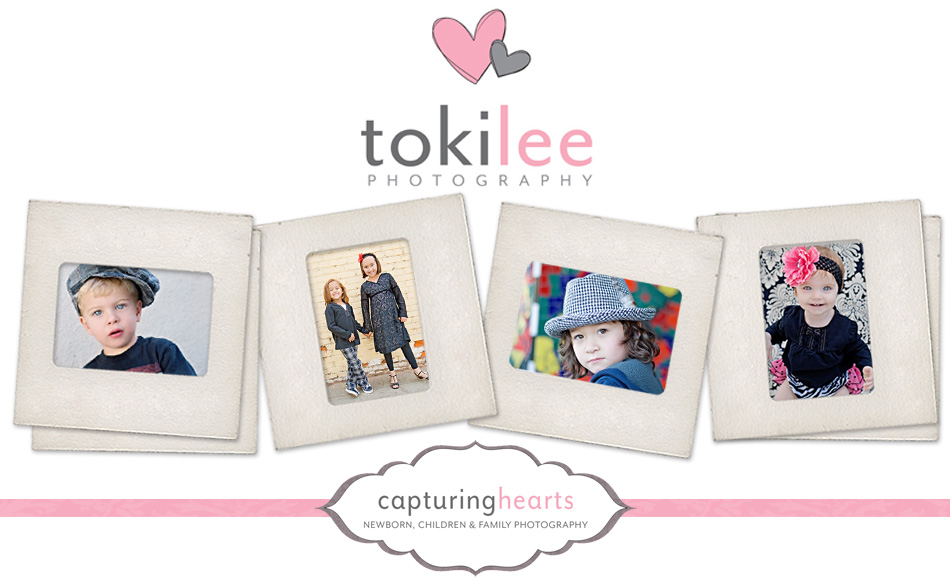Is anyone out there interested in how I process an image? If so, please read on as I show you how I typically process an image from start to finish. Before I begin though, I just wanted to say that photography is a completely different experience for me compared to when I was using film a long time ago. At one point, I spent a lot of time in the darkroom "making" photographs and loved every minute of it, however, it was quite frustrating at times because each image required so much time and resources to make. And I was never quite satisfied with the results. Developing and printing an image from a negative was time consuming and access to a darkroom didn't come easily. Now that I shoot digitally, I am a much more focused and happy photographer with instant and full control over my work. It is not necessarily easier shooting digitally... trust me, there's a ton of work involved in processing raw images and I'm constantly learning new techniques, all of which requires time and dedication. But I do so love being able to work in my darkroom (aka Photoshop) and develop my negatives any time that I can sit in front of a computer.... usually at night.... after the kids have gone to bed.... when it's nice and quiet in the house. Ooops, I've digressed ;-)
So back to the topic at hand. Here is an example of my post processing and how I typically process an image once a session is over. This image of Chase comes straight out of the camera (SOOC) and was shot in RAW format. The histogram shows that it's slightly underexposed but that's okay because I like to make my adjustments in Photoshop. The only adjustment made in ACR was to adjust the white balance slightly so it's not as "warm". Once I am satisfied with the adjustments made in ACR, I open the image in Photoshop and take the following steps:
1. Defog the image (I do this with almost every image)
2. Adjust the highlight/shadow (to pull the details out of the shadows and bring out any interesting textures that's hiding in the dark areas)
3. Adjust the curves to bump up the color, brightness and contrast
4. Adjust the saturation/hue as needed (this image had a yellow cast, especially on the face so I decreased the saturation of yellow slightly)
5. I did additional work on the face such as brightening the eyes, softening the skin and cloning out the chapped/reddish area around Chase's mouth. I also gently lightened the area under his eyes.
6. Finally, resize and sharpen for web using MCP's free sharpening action and voila, here is the final image!
There are lots of different ways to edit an image (which I'll show you another time) but I would have to say that this is how I typically edit an image. You could call this my 'signature' image, where the subject fills up most of the space, the eyes are right on me and the image has an overall bright/happy look and feel to it.
Let me know what you think, or if you have any questions about my post processing. Hope you enjoyed my little tutorial!
Thursday, February 18, 2010
From Start to Finish, My Post Processing Tutorial -- Southern California Kid Photography
Subscribe to:
Post Comments (Atom)









Oh I just adore your beautiful kids! Your simple processing is amazing! I'd like to learn more so I'm bookmarking ya!
ReplyDeletevery cute!
ReplyDeleteBeautiful!
ReplyDeleteLove it! It looks great to start with and even better with your adj. I love the eyes especially. Wondering if I can do that with just PSE. Would love that. The whole skin retouch is a challenge for me too. Thanks for sharing. Beautiful work!
ReplyDeleteHi Ladies, Thanks so much for your comments and for bookmarking me! I'm not too sure how PSE works but you should check out Rita's site for some great freebie PSE actions http://coffeeteaphotography.blogspot.com/. She has several retouching actions, including one for brightening the eyes!!
ReplyDelete